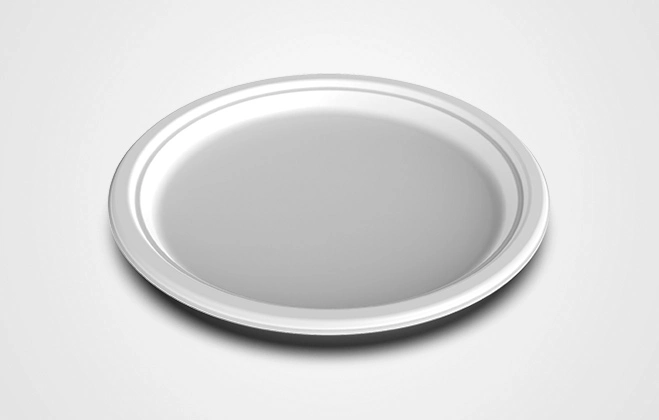Polylactic Acid (PLA) is a novel polymer material that is gradually gaining attention and favor due to its extensive applications and unique advantages. PLA is a biodegradable plastic made from renewable plant resources such as corn and cassava starch, capable of being completely degraded by microorganisms in nature, ultimately generating carbon dioxide and water. This environmental advantage positions PLA as an ideal green and sustainable material, widely utilized in packaging, medical, automotive, home, and various other fields.

Characteristics of Polylactic Acid
1.Biodegradability:
One of the key features of PLA is its biodegradability. After disposal or use, PLA can naturally decompose into water and carbon dioxide by microorganisms in the environment, causing no pollution. This property makes PLA an ideal eco-friendly material, extensively applied in packaging, agriculture, and medical fields.

2.Good Mechanical Properties:
Despite being a biodegradable material, PLA's mechanical performance is comparable to traditional petroleum-based plastics. It can withstand high and low temperatures, displaying good impact resistance and tensile strength. These attributes make PLA highly promising in various applications.
3.Non-toxic and Odorless:
PLA is produced without the use of harmful chemicals, making it safe for both the environment and human health. Additionally, its good transparency makes it suitable for producing products with high transparency requirements, such as food packaging and medical equipment.
Applications of Polylactic Acid
1.Packaging:
Due to its environmental friendliness and excellent mechanical properties, PLA is widely used in packaging. From food packaging to electronic product packaging, PLA demonstrates unique advantages. For example, food packaging made from PLA can avoid plastic pollution and offers good barrier properties and mechanical strength. Moreover, PLA is used in the production of degradable disposable tableware (eg: pla biodegradable straws, pla disposable cutlery)and containers, reducing white pollution.
2.Medical Field:
Given its non-toxic, odorless nature and biodegradability, PLA finds extensive use in the medical field. From surgical sutures to drug carriers, PLA exhibits significant potential. It can be used to manufacture degradable medical instruments, reducing medical waste. Additionally, PLA is employed in drug delivery systems, enhancing drug efficacy and safety.
3.Automotive Industry:
PLA's heat resistance and mechanical strength make it widely applicable in the automotive industry. It can be used to produce car components and seats. As a biodegradable material, PLA helps reduce the disposal costs of automotive waste and minimizes environmental pollution.
4.Home Products:
PLA is also employed in the production of home products such as tableware and containers. These products are not only aesthetically pleasing but also environmentally friendly. PLA tableware can prevent oil contamination and bacterial growth, enhancing the quality of life.
Prospects for the Development of Polylactic Acid
With increasing environmental awareness and a pursuit of sustainable development, PLA, as a green and eco-friendly material for the future, has vast development prospects. Research institutions and companies worldwide are actively developing and promoting PLA applications, leading to a gradual reduction in production costs and an expanding range of applications. In the future, we anticipate wider application of PLA in various fields, bringing more convenience and environmental benefits to human production and life.
 English
English 日本語
日本語 한국어
한국어 français
français Deutsch
Deutsch Español
Español русский
русский português
português العربية
العربية ไทย
ไทย Malay
Malay






















